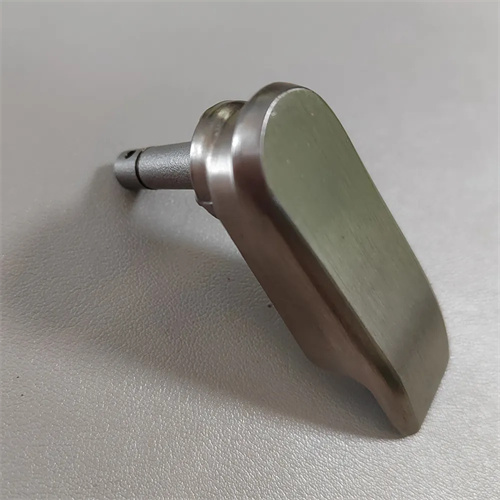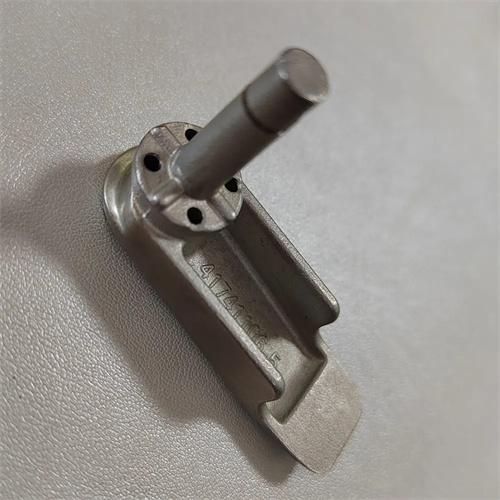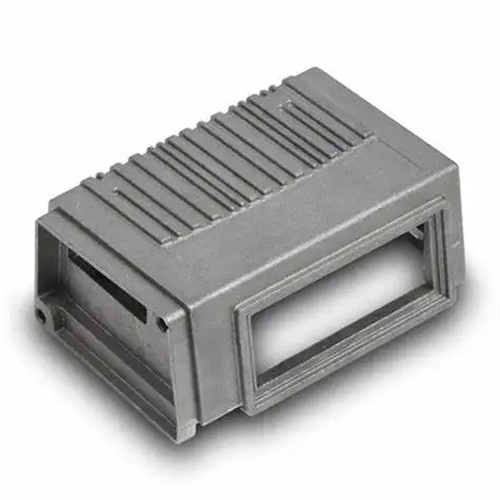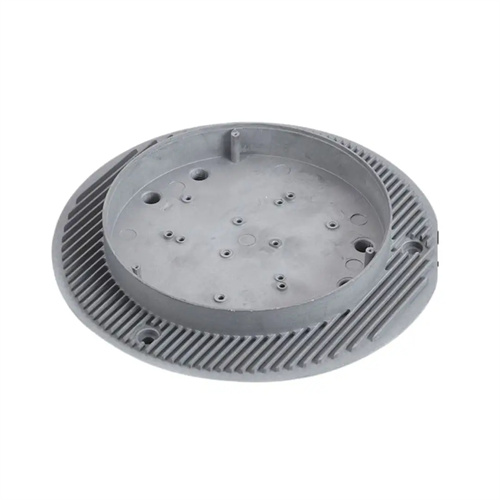Relationship between opening and closing distance and die casting mold thickness
The die-casting mold thickness and the die-casting machine’s opening and closing distance are crucial parameters for matching the die and mold. A strict correspondence exists between the two, directly impacting the stability of mold installation and the safety of the die-casting process. The opening and closing distance refers to the maximum and minimum distances achievable between the die-casting moving and fixed mold plates, while the die-casting mold thickness represents the total thickness of the mold (including both the fixed and movable molds) when closed. Only when the mold thickness is within the die-casting machine’s permitted range and the opening and closing distance meets the mold’s opening and closing requirements can normal production be guaranteed. Ignoring the relationship between these two parameters can result in mold installation failure, improper opening and closing, or equipment overload. Therefore, a thorough understanding of their inherent connection is crucial for die-casting production.

The maximum die-casting machine’s opening and closing distance determines the maximum thickness of the mold that can be installed, while the minimum die-casting distance limits the minimum thickness. This is the basic principle governing the relationship between the two. The maximum opening and closing distance refers to the distance between the movable die platen and the fixed die platen when the die is at its maximum open position. This parameter must be greater than the total length of the fully opened die (including the die thickness and the space required for the ejector mechanism). Otherwise, the die will not open fully and the casting cannot be removed. For example, if the maximum opening and closing distance of a die-casting machine is 800mm, if the total length of the open die (300mm die thickness + 200mm ejector distance) is 500mm, which is less than 800mm, it meets the requirements. However, if the total open length of the die is 900mm, it cannot be used on this die-casting machine. The minimum opening and closing distance refers to the minimum distance between the movable platen and the fixed platen when it is in the mold closing position. It must be less than the thickness of the mold when it is closed, otherwise the mold cannot be locked. For example, the minimum opening and closing distance of a die-casting machine is 200mm, and the mold closing thickness is 250mm, which meets the mold closing requirements. If the mold thickness is only 180mm, it is less than the minimum opening and closing distance and effective mold locking cannot be achieved.

Mold thickness is closely related to the die-casting machine’s die adjustment distance. The die adjustment distance is the range of mold thicknesses that the die-casting machine can accommodate by adjusting the position of the movable platen. The calculation formula is: Die adjustment distance = Maximum opening and closing distance – Minimum die thickness. The mold thickness must be within the die adjustment distance range, meaning minimum mold thickness ≤ actual mold thickness ≤ maximum mold thickness (maximum mold thickness = maximum opening and closing distance – ejection distance). Otherwise, the die-casting machine must be replaced or the mold thickness adjusted. For example, if a die-casting machine has a maximum opening and closing distance of 1000mm, a minimum mold thickness of 200mm, and an ejection distance of 250mm, the maximum mold thickness is 1000-250 = 750mm, and the die adjustment distance is 750-200 = 550mm. Therefore, the mold thickness must be between 200-750mm. In actual production, the mold thickness should be as close as possible to the middle value of the mold adjustment distance to ensure uniform force on the movable platen. For example, the above-mentioned die-casting machine is most suitable for installing a 400-500mm thick mold. If a 200mm thin mold is installed, the position of the movable platen needs to be adjusted significantly, which may cause uneven force on the tie rod and affect the clamping accuracy.

The mold opening and closing distance must be set to accommodate various movements during the mold opening and closing process, including casting ejection, core pulling mechanism movement, and insert placement. These movements require a certain amount of space, so the mold opening and closing distance must be greater than the sum of the mold thickness and these space requirements. For molds with ejection mechanisms, the mold opening distance must be at least the mold thickness plus the ejection distance (typically 1.5-2 times the casting height). For example, if a mold with a casting height of 100mm requires an ejection distance of 200mm and a mold thickness of 300mm, the mold opening distance must be ≥300 + 200 = 500mm. For molds with core pulling mechanisms, especially those with angled core pulling, the mold opening distance must also consider the space required for the core pulling operation. If the core pulling distance is 50mm, the mold opening distance must be increased by an additional 50-100mm. In one case, due to the lack of consideration for the space requirements of the angled core pulling mechanism, the mold opening distance only met the ejection requirements. This resulted in interference with the moving platen during core pulling, necessitating an increase in the mold opening distance by 50mm to resolve the issue. In addition, the mold opening distance for manually placed inserts must be large enough to facilitate the operator’s reach and operation. Usually, the mold opening distance needs to be increased by 100-200mm compared to the mold for automatic production.

Mold thickness uniformity affects the force balance during the opening and closing process, further impacting the die-casting machine’s clamping accuracy and die life. This is a crucial aspect of the relationship that’s often overlooked. If mold thickness is uneven (i.e., the parallelism error between the fixed and movable molds exceeds 0.1mm/m), the movable platen will tilt during the closing process due to the uneven force, resulting in uneven clamping force distribution. This can lead to flash at best and damage to the mold and die-casting machine tie rods at worst. Therefore, thickness uniformity should be measured before mold installation and corrected by adjusting the mold backing plate thickness if necessary. In one case, a die-casting plant experienced a 0.5mm thickness deviation during the installation of a large mold, causing tie rod deformation after closing. After replacing the mold and correcting the deviation, the clamping force uniformity improved by 40%. Furthermore, the opening and closing speed should be adjusted to match the mold thickness. Thick molds (over 500mm) have greater inertia, so the opening and closing speed should be appropriately reduced (typically 3-5m/s) to avoid excessive impact. For thin molds, the speed can be increased (5-8m/s) to improve production efficiency.

In actual production, precise measurement and calculation are required to ensure that the opening and closing distance matches the die thickness. First, the mold’s closed thickness, total length when open, ejection distance, and core pulling distance are measured. The die-casting machine’s technical manual is then consulted to obtain data such as the maximum and minimum opening and closing distances, mold adjustment range, and ejection stroke. Finally, a comparison is performed to confirm that the mold parameters are within the die-casting machine’s allowable range. For new molds, the mold thickness should be determined based on the target die-casting machine’s parameters during the design phase to avoid later modifications. When designing a mold for an automotive chassis casting, a mold manufacturer obtained the opening and closing distance parameters of the customer’s die-casting machine (maximum 800mm, minimum 200mm) in advance. The mold thickness was designed to be 450mm and the total opening length to be 650mm. After installation, commissioning was successful on the first try, avoiding rework due to parameter mismatches. In addition, regularly checking the opening and closing distance accuracy of the die-casting machine (such as distance deviation caused by tie rod wear) and mold thickness changes (such as deformation after long-term use), and making timely adjustments can ensure that the two are always in the best matching state, thereby improving production stability and product quality.
